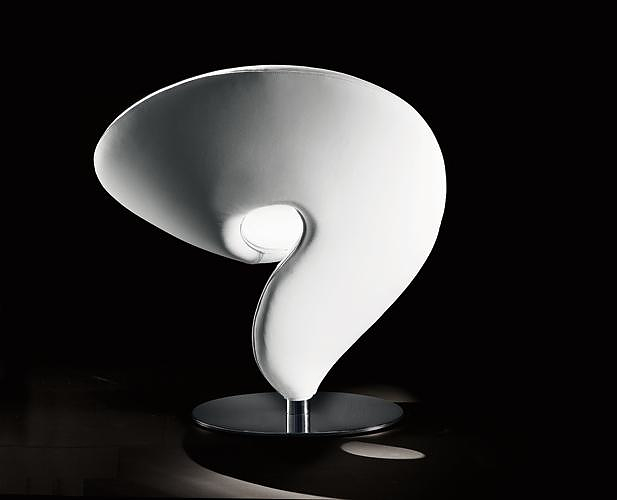How many letters are in the runic alphabet?
How many letters are in the runic alphabet?
24 letters
The runic alphabet—a Germanic alphabet, originally of
24 letters, also called futhark—and its offshoots...…
Are runes Norse alphabet?
Runes are
letters in the runic alphabets of Germanic-speaking peoples, written and read most prominently from at least c. 160 CE onwards in Scandinavia in the Elder Futhark script (until c. 700 CE) and the Younger Futhark - which illuminated the Viking Age (c.
Is the runic alphabet still used?
The use of medieval runes mostly disappears in the course of the 14th century. An exception are
the Dalecarlian runes, which survived, heavily influenced by the Latin alphabet, into the 19th century. Occasional use of runes also seems to have persisted elsewhere, as evidenced by the 16th-century Faroer Fámjin stone.
How do you write runes in English?
1:453:48Writing English in Runes - YouTubeYouTubeInizio del clip suggeritoFine del clip suggeritoIf you write fish as if f-i-s-c and runes uh to somebody who uh only speaks modern english. And it'sMoreIf you write fish as if f-i-s-c and runes uh to somebody who uh only speaks modern english. And it's just trying to decipher ruins as kind of a code. So this is a big problem do you just invent.
What is Viking writing called?
The runic alphabet, or Futhark, gets its name from its first six sounds (f, u, th, a, r, k), much like the word 'alphabet' derives from the first two letters of the Greek alphabet, alpha and beta.
Did the Vikings write?
The Vikings did not write on paper, but carved them into stone, wood or iron. The hard materials made it difficult to make round edges, so the runes are more angular than our letters.
Who made the Vikings so successful?
One of the reasons for this was the Vikings' superior mobility. Their
longships – with a characteristic shallow-draft hull – made it possible to cross the North Sea and to navigate Europe's many rivers and appear out of nowhere, or bypass hostile land forces.
Which runes did Vikings use?
The Viking period kicked off with Norse still using
the Elder Futhark, which is the one that most closely resembles the Italic scripts that it came from.
How can I learn Old Norse?
The best way to learn Old Norse is
by becoming immersed in Old Scandinavian language, culture, and sagas. We have plenty of free resources on website, including an introduction to Old Norse, the basics of the language, guides to runes and pronunciation, and videos.
How do you say I love you in Viking language?
(= I love you.)
Að unna = To love.
What do Vikings say when they drink?
skål
Raise your glass. Say
“skål!” (pronounced “skoal”) with gusto. The word “skål” itself has origins made misty over time. Some claim that the term has a root in the skulls of the vanquished, from which Viking warriors would drink to celebrate their victory.
Who is the most famous Viking?
10 of the Most Famous Vikings- Erik the Red. Erik the Red, also known as Erik the Great, is a figure who embodies the Vikings' bloodthirsty reputation more completely than most. ...
- Leif Erikson. ...
- Freydís Eiríksdóttir. ...
- Ragnar Lothbrok. ...
- Bjorn Ironside. ...
- Gunnar Hamundarson. ...
- Ivar the Boneless. ...
- Eric Bloodaxe.
Are Valkyries Vikings?
Valkyrie, also spelled Walkyrie, Old Norse Valkyrja (“Chooser of the Slain”), in Norse mythology, any of
a group of maidens who served the god Odin and were sent by him to the battlefields to choose the slain who were worthy of a place in Valhalla.
Who has the most Viking DNA?
The genetic legacy of the Viking Age lives on today with six per cent of
people of the UK population predicted to have Viking DNA in their genes compared to 10 per cent in Sweden. Professor Willeslev concluded: "The results change the perception of who a Viking actually was. The history books will need to be updated."
Why were the Vikings so brutal?
They
took cattle, money and food. It's likely they carried off women, too, he says. "They'd burn down settlements and leave a trail of destruction." It was unprovoked aggression. And unlike most armies, they came by sea, their narrow-bottomed longships allowing them to travel up rivers and take settlements by surprise.
Do Vikings still exist?
Meet two present-day Vikings who aren't only fascinated by the Viking culture –
they live it. ... But there is a lot more to the Viking culture than plunder and violence. In the old Viking country on the west coast of Norway, there are people today who live by their forebears' values, albeit the more positive ones.
Who spoke Old Norse?
Scandinavia
Old Norse, Old Nordic, or Old Scandinavian is an extinct North Germanic language that was spoken by
inhabitants of Scandinavia and their overseas settlements from around the 7th to the 15th centuries.
